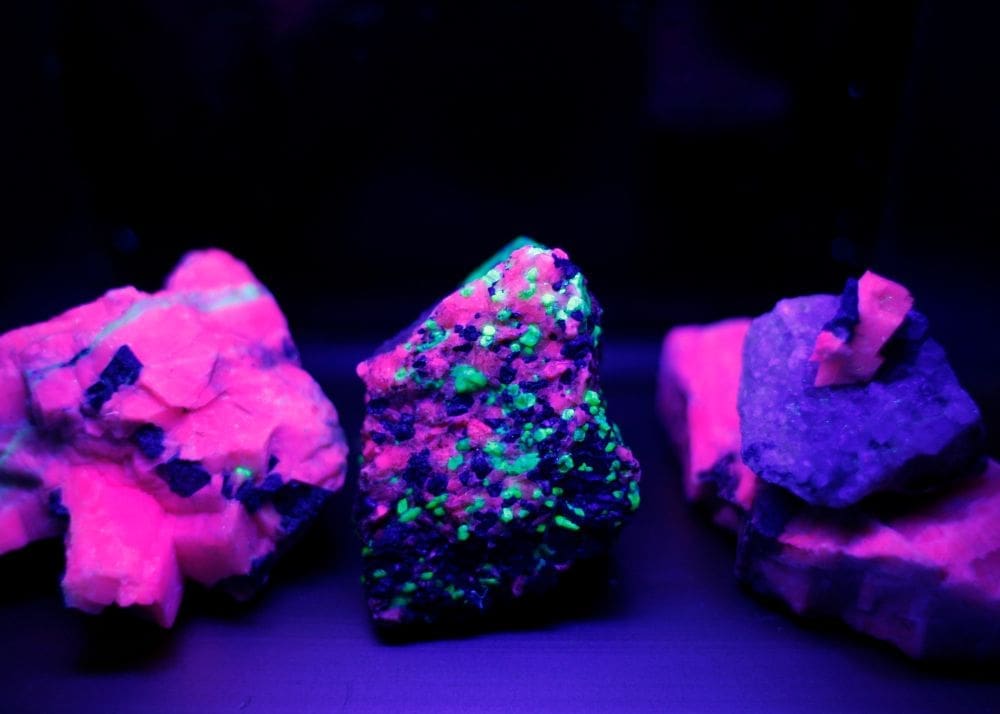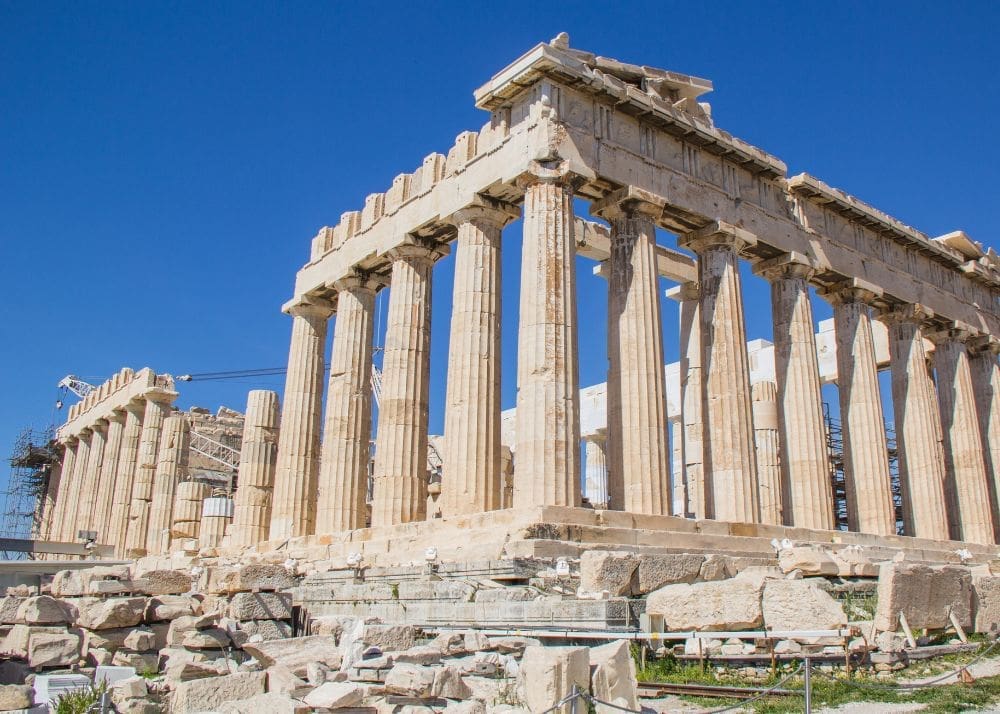Introduction: The Luminous World of Minerals
Step into the enchanting world of fluorescence, where hidden colors and unexpected brilliance come to life in the most ordinary of rocks and crystals. This mysterious glow that emanates from certain minerals captivates not only scientists but also those of us who marvel at the treasures beneath the Earth’s surface. It’s a natural art display that invites curiosity and wonder, perfect for anyone from passionate collectors to casual admirers of nature’s artistry.
Answering the Core Questions: What is Fluorescence?
At its heart, fluorescence is a kind of mineral magic. It’s what happens when certain stones absorb light—often invisible and high-energy, like ultraviolet light—and then emit it as visible light, which we can see as a vivid, sometimes eerie, glow. The related phenomenon, phosphorescence, is like fluorescence‘s lingering cousin, staying alight even when the UV source has been snuffed out. These radiant properties are more than just visual delights; they are clues to the fascinating world of mineralogy.
Delving into Fluorescence
Each fluorescent mineral tells its own unique story. Some, like the neon greens of Fluorite, can transform a dull stone into a luminous spectacle under UV light. Others, such as the rich, glowing reds and oranges of Calcite, provide a fiery show. These natural spectacles are available for all to enjoy, with specimens that showcase these effects available at MiamiMiningCo.com, where they shine a light on the hidden beauty of the geological world.
Phosphorescence: The Prolonged Glow
Though more elusive, phosphorescence carries its own mystique. This extended glow that some minerals emit after the lights have dimmed is a reminder of the energy they’ve stored from light or other sources. The long-lasting luminescence speaks to the energy transitions within the atoms, a silent yet splendid display of nature’s physics at play.
Heat and Friction: Other Sources of Light
Beyond fluorescence and phosphorescence, minerals can also glow from the effects of heat or friction—although these instances are rarer and often overlooked. The light emitted from these interactions is a testament to the dynamic environment that creates and shapes these earthly treasures.
A Striking Example: Sphalerite
Consider Sphalerite, a mineral that can glow akin to white fire when scratched in the dark. This show-stopping trait is particularly found in samples from certain locales, highlighting the importance of geographic origins on the properties of minerals. It’s an interactive experience with the mineral world, one that ignites the imagination and reveals the diversity of mineral characteristics.
Conclusion: Embracing the Glow
In conclusion, the radiant world of fluorescent minerals beckons to those who seek the extraordinary in the natural world. For enthusiasts eager to discover these glowing marvels, consider exploring gem mining buckets or acquiring Rock and Mineral specimens from MiamiMiningCo.com. There, you can find your own piece of glowing wonder to hold in your hands, a luminous fragment of our planet’s vast and vibrant palette.
FAQ
- What is Fluorescence in Minerals? Fluorescence is a natural phenomenon where certain minerals absorb light, usually ultraviolet light, and then emit it back out, creating a visible glow.
- Which Minerals are Known to Fluoresce? Many minerals can fluoresce, including Calcite, Fluorite, Willemite, and Sphalerite, each glowing in a variety of vibrant colors under UV light.
- How Can I Tell if a Mineral is Fluorescent? To check for fluorescence, you’ll need a UV light. Shine it on the mineral in a dark environment, and look for any glowing colors that appear.
- What Causes a Mineral to Fluoresce? Fluorescence in minerals is caused by impurities within the mineral that react to ultraviolet light and release visible light as a response.
- Is Fluorescence the Same as Phosphorescence? No, fluorescence is immediate and stops when the UV light is removed, while phosphorescence can continue to glow for a period of time after the light source is gone.
- Can Fluorescence in Minerals Fade Over Time? Yes, prolonged exposure to sunlight or UV light can cause the fluorescent properties of some minerals to fade.
- Do All Fluorescent Minerals Glow the Same Color? No, different minerals can glow in a variety of colors, including green, red, blue, and yellow, depending on their composition.
- What Are Some Practical Uses for Fluorescent Minerals? Fluorescent minerals are used in various applications, from studying geological formations to creating materials for UV lights and even for decorative purposes.
- Are Fluorescent Minerals Safe to Handle? Yes, fluorescent minerals are generally safe to handle. However, always wash your hands after handling any kind of minerals.
- Where Can I Buy Fluorescent Minerals or Gem Mining Buckets? You can purchase fluorescent minerals and gem mining buckets from specialized retailers like MiamiMiningCo.com, which offers a variety of specimens and mining kits for enthusiasts.


